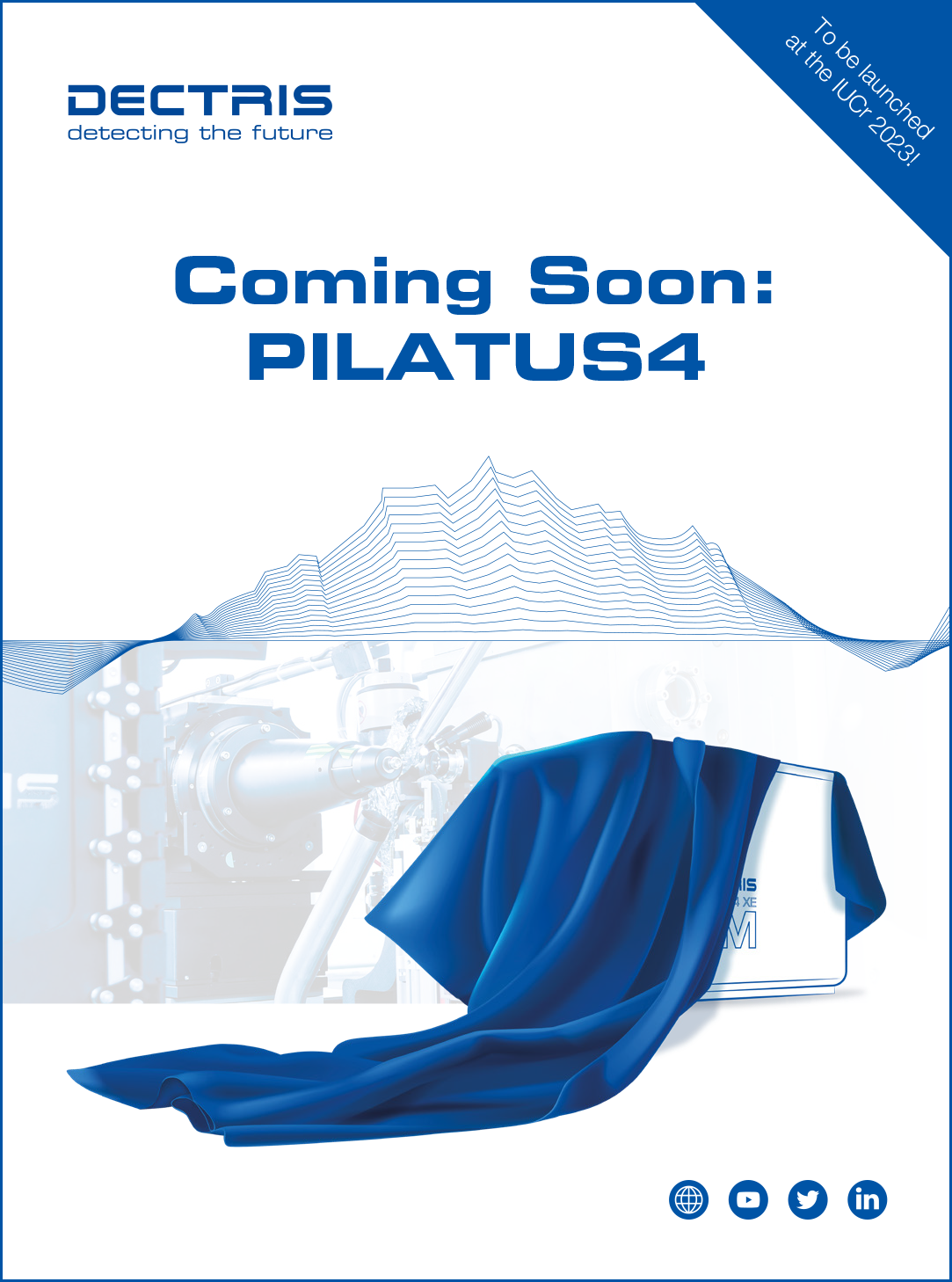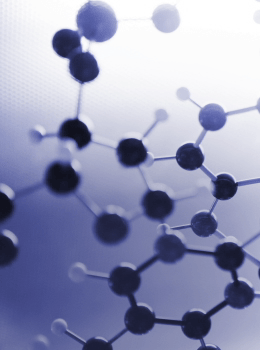


Editorial
30 years of Acta D
![me6214thumbnail [me6214thumbnail]](https://www.iucr.org/__data/assets/image/0004/155983/me6214thumbnail.jpg)
This year we celebrate 30 years of Acta Crystallographica Section D, and so have a milestone at which to reflect on its history and future trajectory. A comprehensive and detailed account of the development of the IUCr Journals can be found in the 2005 article by André Authier (Authier, 2009). Since Acta D was launched in 1993 (when there were fewer than 1000 entries in the PDB), approximately 16,600 different authors have submitted over 8100 articles, approximately 6650 articles have been published and the PDB has passed 200,000 entries. In the last year alone, authors from 33 different countries published in the journal, the top five being the USA, the UK, Germany, France and China.
Over 40 Acta D special issues have been published, most notably those arising from all the CCP4 January Study Weekends since 1998. To speed up the production of special issues we now publish the articles as they are ready and collect them together as a virtual online issue. Since 2017 Acta D has also published the proceedings of the CCP-EM Spring Symposium, reflecting its expanding remit in structural biology. Other special issues have included the proceedings of a number of International Conferences on the Crystallization of Biological Macromolecules, and on subjects ranging from structural proteomics to neutrons in biology to diffraction data deposition. We continue to publish special issues on all areas of structural biology. In addition, Acta D publishes guidelines for experimental data reporting which ensure that structural biologists continue to produce high quality, reproducible scientific results for the wider benefit of the community.
The impact factor of Acta D has fluctuated over the years (Fig. 1), reaching the heady heights of 14.1 in 2012, and is currently 7.65 (2022 value). The top 10 most cited papers are listed in Table 1, highlighting the importance of communicating new methods in structural biology.
![[me6214fig1]](https://www.iucr.org/__data/assets/image/0005/155984/me6214fig1.jpg)
We asked all the previous Section Editors of Acta D if they would like to comment on the 30th Anniversary, and were delighted to hear back from them all.
The first was Jenny Glusker, who steered the journal for ten years from 1993 to 2002 and who has kindly sent us this comment:
"It was a great honour for me to be the Editor of the new section of Acta Crystallographica. The number of articles of large crystal structures had been increasing and Acta D helped the crystallographic community to present beautiful diagrams of macromolecules and, most important of all, three-dimensional descriptions of active sites and possibly the actual mode of action of many macromolecules. Also newly crystallized macromolecules were described. Authors were most helpful and it was generally a pleasure to interact with them. I thank them for submitting their articles and listening to my comments. We are moving forward in our understanding of the many biochemical processes in our living bodies and articles in Acta D will surely benefit us all."
In 2003 Ted Baker and Zbyszek Dauter took over as Section Editors, and served until 2014 and 2015, respectively. Ted remarks:
"Having no previous experience of editorship, I was delighted to take on this task, and share it with my very good friend Zbyszek Dauter. It was an exciting time, sometimes quite challenging. The number of protein structures solved began to accelerate rapidly, as did the use of automated aids for structure solution. Papers became more varied, both in terms of novel structures and in new methods; exciting for us and (I hope) of great value to the community. We also had to place quality and increasingly rigorous validation at the forefront, as less experienced structural biologists began to enter the field. Close links with the Worldwide Protein Data Bank (wwPDB) were mutually beneficial in this regard, and as was the great support and encouragement we received from Peter Strickland and Louise Jones in the Chester office. And the new looks they gave to the journal made it a special pleasure to open each new issue."
Zbyszek notes:
"Already the first issue of Acta D in January 1993 contained the article about direct methods phasing applied to proteins by George Sheldrick et al. with me as a co-author. Since then, this journal became my favourite publication venue, and now I count about 90 structural and methodological articles in Acta D co-authored by me. I was highly honoured and happy when I shared for 12 years the section editorship with Ted Baker, which gave me the excellent opportunity to know the newest progress in macromolecular crystallography. It has been also a pleasure to collaborate closely with such helpful and skilled professionals as Louise Jones and Peter Strickland."
Ted and Zbyszek were joined in 2013 by Soichi Wakatsuki and he served for the next four years. Soichi comments:
"During the period that I served as a Section Editor, Acta D expanded the scope of the journal from 'crystallography' to 'structural biology' in 2016, which I think was very forward looking and timely. I am very glad to see the evolution of Acta D since then, and wish it continues to be the golden standard of publishing reliable and exciting science and methodologies to serve the wider communities!"
The next new recruit was Jenny Martin, who was a Section Editor from 2014 to 2017 and who says:
"I loved my time with Acta D. I learned so much from my fellow editors and editorial staff, and from the authors and reviewers of the papers I was handling. I can highly recommend being an editor of Acta D as a way of growing networks, developing new skills and improving one's own academic writing. My time at Acta D was a time of change, with the journal expanding from biological crystallography to cover structural biology more broadly as outlined in our editorial on 'Expanding beyond biological crystallography' in the January 2016 issue (Martin et al., 2016). Times are still a-changing with the twin revolutions of high resolution cryo-EM and high throughput AI protein structure prediction having an enormous impact on the field recently. I can't wait to read about the newest technological advance or important biological structure in Acta D. Here's to the next 30 years!"
Of the current Section Editors, Randy Read has served since 2014, and was joined by Elspeth Garman in 2018 and Charlie Bond in 2020.
As mentioned by Jenny Martin and Soichi above, in 2016 the remit of the journal was widened to include papers describing insights provided not only by biological crystallography but also other structural biological methods when combined with functional data. The new subtitle of Acta Crystallographica Section D, Structural Biology was chosen to reflect this change in scope. To quote that Editorial: "Our over-arching aim is to ensure Acta D continues to be the preeminent biological crystallography journal of the IUCr. We aspire to be the journal where all structural biologists, not just biological crystallographers, send their best papers." This remains our mission today.
The future of structural biology
At the launch of Acta D, there were fewer than 1000 structures deposited in the PDB. Many folds were unknown and protein structure prediction was primitive, so experimental phasing methods were essential. Since that date, 99.5% of currently known macromolecular structures have been determined (thanks to structural genomics, improved methods and an expanding structural biology community) and protein structure prediction is now uncannily accurate. Many of the proteins that crystallographers would have struggled to crystallize, especially large complexes, can now be studied by cryo-EM. It is fair to say, then, that structural biology is now a relatively mature field, and that the new challenges are to be found in using it to gain an ever more sophisticated understanding of chemistry and biological processes. There are challenges in studying smaller samples, which can be achieved using more powerful synchrotron and XFEL sources. Different challenges are brought by larger samples, which can be addressed for instance using electron cryo-tomography to visualize cell sections. Dramatically improved time resolution can come from a combination of powerful sources and ultrafast detectors. At the same time, we are certain to see many advances coming from the birth of powerful machine-learning methods, such as those underpinning structure prediction algorithms such as AlphaFold.
It continues to be an exciting time to be a structural biologist.
References
Authier, A. (2009). Acta Cryst. A65, 167–182.Martin, J. L., Read, R. J. & Wakatsuki, S. (2016). Acta Cryst. D72, 1–1.
This article was originally published in Acta Cryst. (2023). D79, 95–97.
Copyright © - All Rights Reserved - International Union of Crystallography







